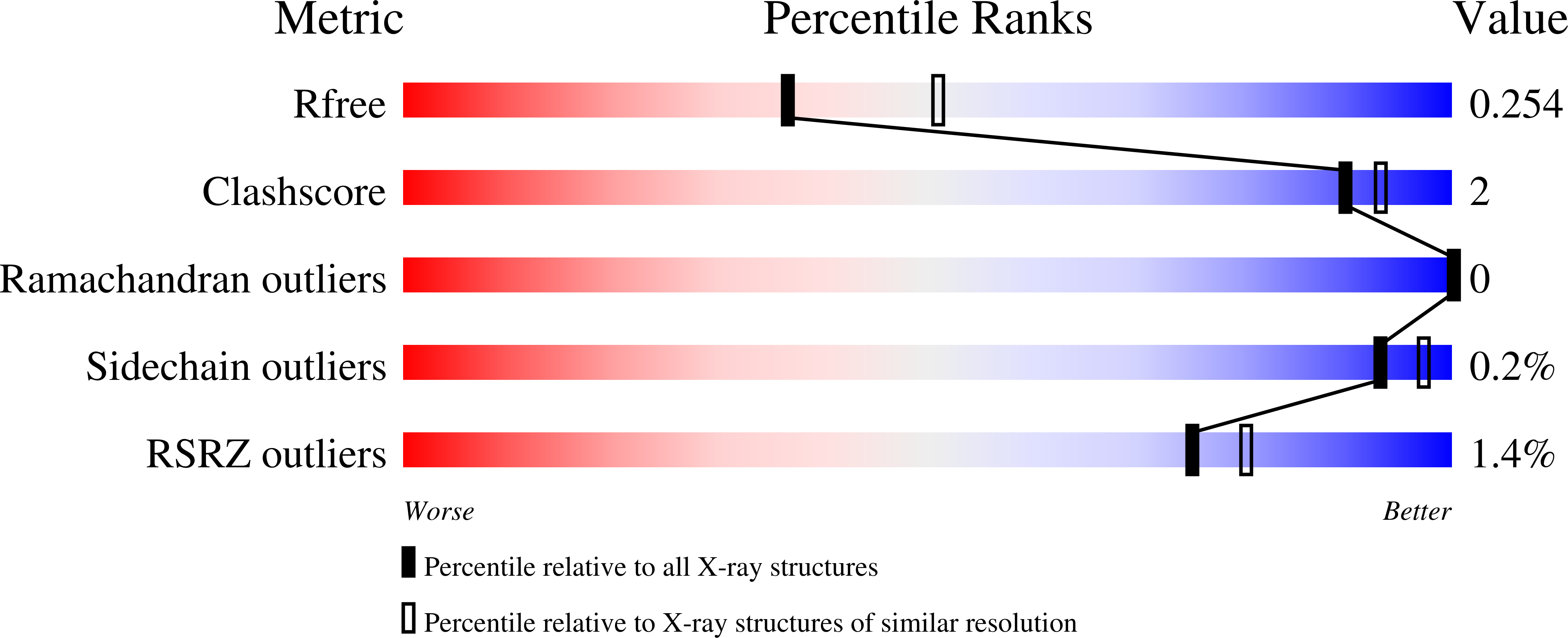
Deposition Date
2022-11-17
Release Date
2023-03-08
Last Version Date
2024-11-06
Entry Detail
PDB ID:
8F70
Keywords:
Title:
Identification of an Immunodominant region on a Group A Streptococcus T-antigen Reveals Temperature-Dependent Motion in Pili
Biological Source:
Source Organism:
Streptococcus pyogenes (Taxon ID: 1314)
Host Organism:
Method Details:
Experimental Method:
Resolution:
2.29 Å
R-Value Free:
0.25
R-Value Work:
0.18
R-Value Observed:
0.19
Space Group:
I 1 2 1


